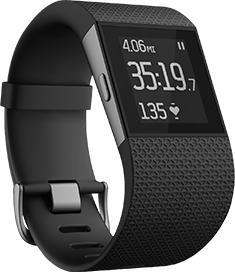 Deconstructing financial documents is a particular skill, and RockHealth gets very deep on Fitbit’s registration to go public.
Deconstructing financial documents is a particular skill, and RockHealth gets very deep on Fitbit’s registration to go public.
One of the major points that Fitbit avoids talking about, RockHealth notes, is anything about user engagement and churn. Because product sales have been increasing so fast, it’s hard to get a handle on how fast Fitbit trackers are hitting the junk drawers:
… it can only be guessed that there are more than 10M inactive Fitbit devices, representing more than 50% of its units ever sold, or stated differently, more than the total number of devices sold from 2009-2013 combined. Based on the S-1 alone, it cannot be definitively stated that the great majority of Fitbit devices sold before 2014 are no longer used, but any other conclusion seems improbable.
As long as sales keep growing at the rate they’re growing now, a low engagement number isn’t awful. But when the market gets saturated, Fitbit will have to rely on ongoing subscription and service revenues, at which point engagement will become critical.
RockHealth also wonders what products might be next for Fitbit. Once you’re tracking steps, heart rate, exercise and movement, and weight, they ask, what other useful metrics can you quantify, using commercially available sensors?